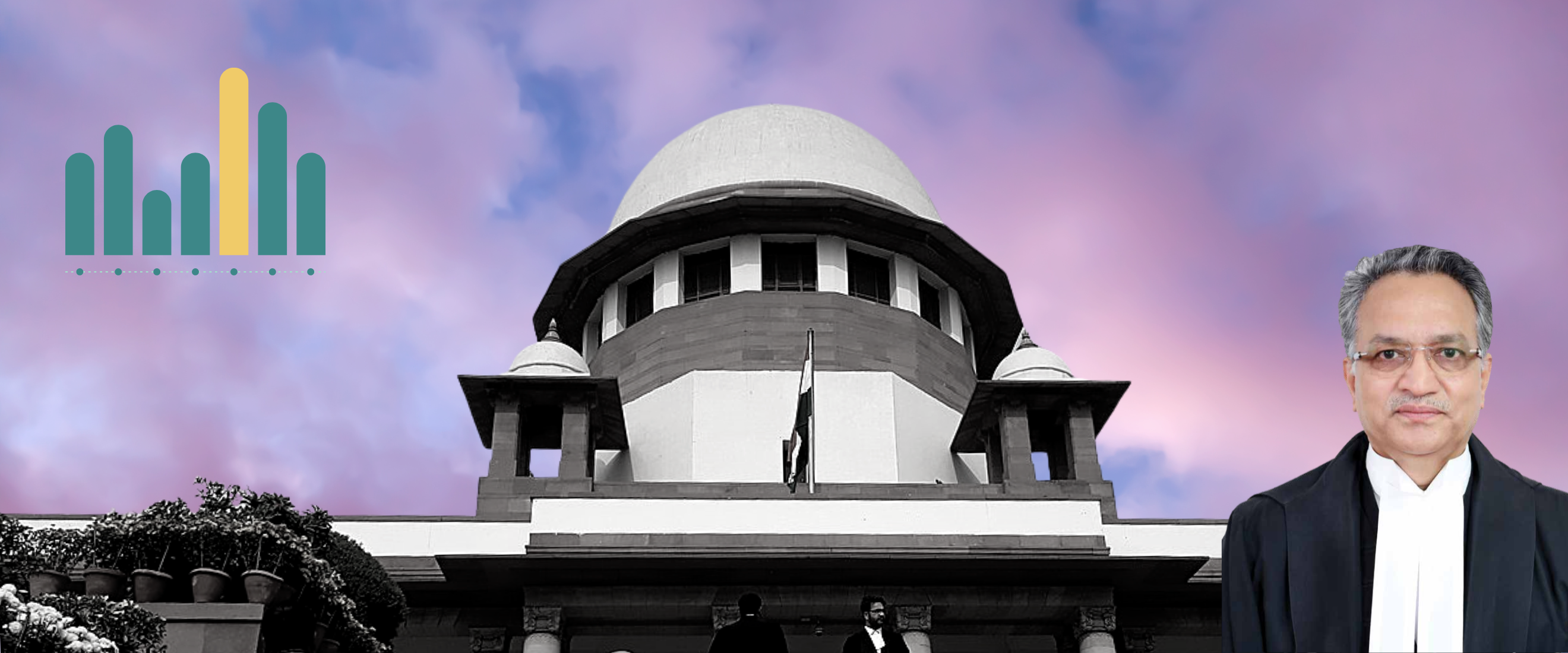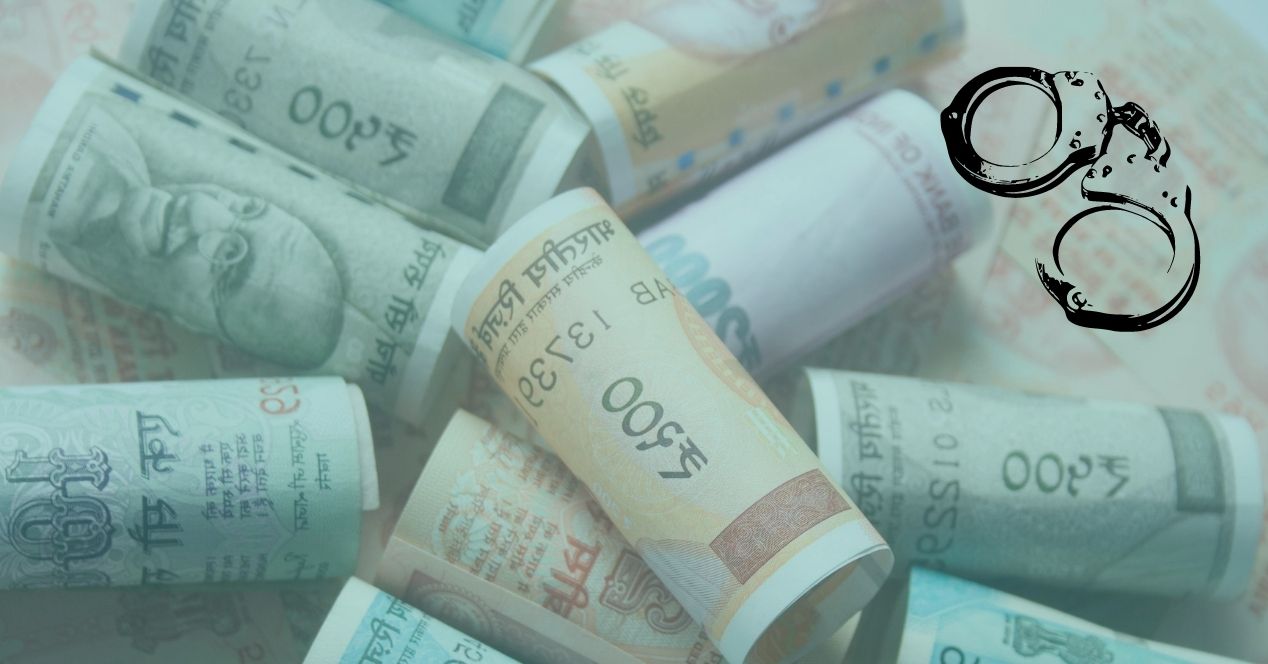Analysis
Justice A.M. Khanwilkar’s Tenure in Numbers
Justice Khanwilkar became the fourth Judge to retire from the SC in 2022. SCO reviewed his tenure in numbers.

Justice Ajay Manikrao Khanwilkar retires on July 29th, 2022 bringing his 6-year tenure to a close. His legal career began as an advocate specialising in Civil, Criminal and Constitutional matters at the Bombay High Court. He served the State of Maharashtra as a Standing Counsel, and then as an Additional Government Advocate before being appointed as the Standing Counsel for the Election Commission of India.
Justice Khanwilkar has assisted the Supreme Court on multiple occasions even before his elevation to the Bench, such as in the M.C Mehta case—where he was appointed as Amicus Curiae—over the release effluents into the Ganga river, as well as in a 1995 task force formed to examine the Prevention of Food Adulteration Act, 1954.
Justice Khanwilkar was elevated to the Bombay High Court in the year 2000 from the Bar. Additionally, he has served on the Bench in the Himachal Pradesh and Madhya Pradesh High Courts before his elevation to the Supreme Court on May 13th, 2016. He is the 4th SC Judge to retire in 2022.
Figure 1 depicts the expected tenures of all the sitting Judges at the Supreme Court at the time of Justice Khanwilkar’s retirement. Justice Khanwilkar’s 6.25 year tenure exceeds the average expected tenure of his fellow sitting judges—5.3 years—by one year. The median tenure of the currently sitting Judges is 5 years.
Figure 2 records the total Judgments delivered per year by each currently sitting Judge against the total number of Judgments delivered by them. The Figure does not consider Judges who have served for less than a year at the Supreme Court—shorter terms tend to give more extreme results that may affect the accuracy of our analysis.
Justice Khanwilkar authored a total of 226* Judgments over the course of his 6-year tenure—only 3 Judges have written more Judgments than him. On an average, he wrote 43 Judgments per year—well above the average rate of the currently sitting SC Judges which is 29.
Figure 3 depicts a subject matter breakdown of Justice Khanwilkar’s judgments. Out of 280** Judgments written by Justice Khanwilkar, 14% were criminal cases and 13% were civil. 8% or 23 Judgments were in matters involving constitutional questions.
During his tenure at the Supreme Court, Justice Khanwilkar has been crucial in deciding the outcomes of several important cases.
Mostly notably, Justice Khanwilkar delivered the much anticipated judgment on the challenges to the Prevention of Money Laundering Act, 2002—which upheld the validity of all challenged provisions—a mere two days before his retirement.
Additionally, he was on the Bench in the Zakria Jafri and the Gujarat Riots Case—which granted a ‘clean chit’ to the SIT. Notably, the Gujarat police relied on this Judgment to arrest of noted activist and co-founder of Citizens for Justice and Peace, Teesta Setalvad.
Figure 4 depicts the total number of cases Justice Khanwilkar impacted. The figure considered two primary values—the total number of judgments authored by Justice Khanwilkar and the total number of Benches he was part of. While not the sole criteria for assessing the impact of a Judge, the total number of Benches a Judge has been part of is indicative of his impact at the Court.
From these two values, we calculated the proportion of Judgments written by Justice Khanwilkar to the total number of cases that he has been part of the Bench for—Justice Khanwilkar has authored Judgments in almost 28% of the Benches he has been part of. This indicates a rather active tenure, all the more important due to his impact on several important cases over the course of six years.
Justice Khanwilkar’s tenure saw a privilege few of his brother Judges do—an above average length tenure with the opportunity to influence several important aspects of our country. His decisions will continue to impact politics, the criminal justice system and social activism long after his retirement.
*SCO referred to multiple data sources including the Supreme Court of India website, the SC Judges library, and Manupatra. Each source provided conflicting values. Further, our research indicated that all three data sources were incomplete. For the sake of uniformity, the values referred to in this piece are restricted only to Manupatra. Accuracy of the values presented is reliant on the data source.
**Manupatra sources also indicate differing values for the total number of Judgments in different analyses. We relied on Manupatra because the discrepancies in their values were the least significant compared to other sources.

